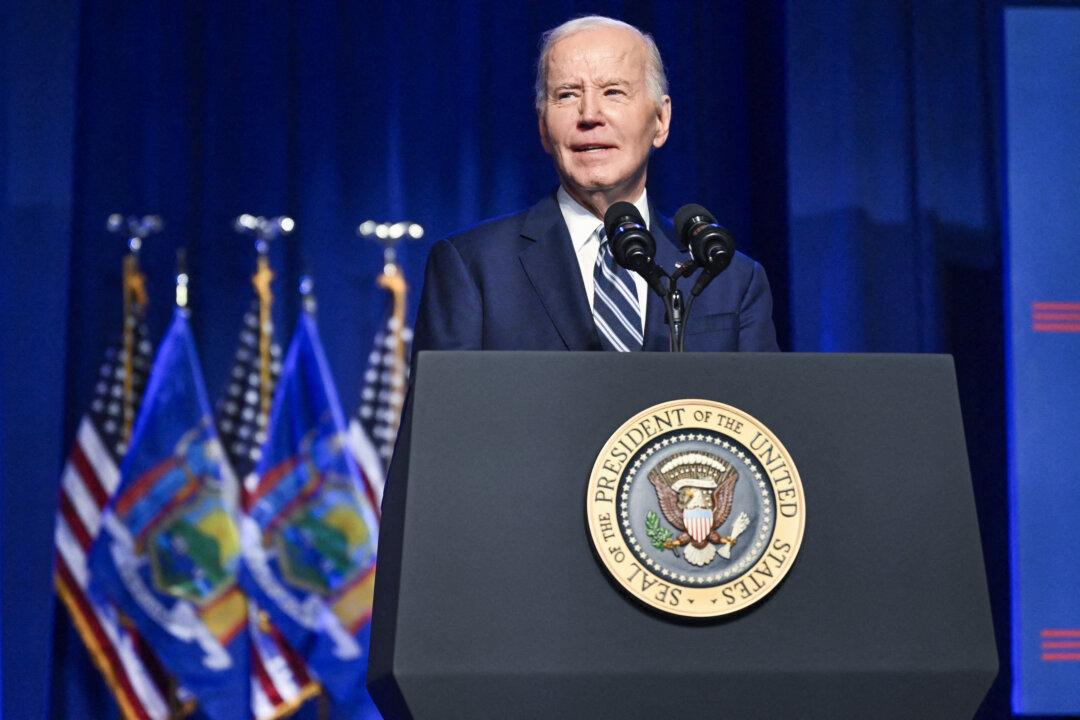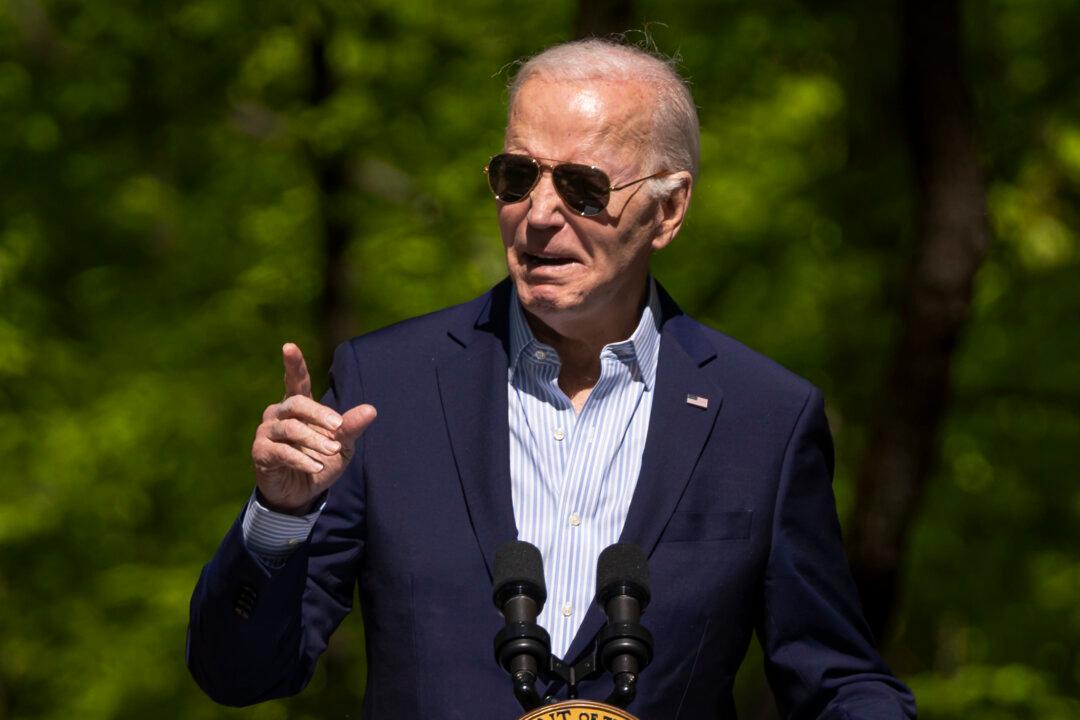Just seven years after Uber disrupted the taxi industry, worth billions of dollars, the tech company is now at the forefront of a new revolution: driverless cars.
Last year, the ride-hailing giant started investing billions in self-driving technology. For the past several months, Uber has had self-driving test vehicles on the road in Pittsburgh. Then in August, the company made the surprise announcement that it would soon start testing these vehicles with actual passengers.
The vehicles will still have human drivers behind the wheel until technological and regulatory issues are resolved. However, for the first time, the average commuter will be able to see what it’s like to sit in the back of a self-driving car.
While this may seem like a small development, the speed at which Uber was able to accomplish this, and the implications it has for so many aspects of the transportation industry, indicates the company may be on the verge of causing its biggest disruption yet.
Looming Disruption
As Uber proves again that disruption is in its DNA, the ride-hailing giant appears to be turning its back on those who made its exponential growth possible—its 1.5 million drivers worldwide.
Bryant Walker Smith, an assistant professor of law at the University of South Carolina, who specializes in autonomous vehicle regulations, says Uber has been clear about this aspect of its business plan.
“Uber has been remarkably candid about its desire to eliminate its drivers’ jobs,” Smith said.
Uber has 600,000 drivers in the United States, whose futures are now uncertain. So how do they feel about the looming threat?
“We are in the year 2016. Times are changing. New technologies are coming. We have to accept this fact,” said Samariddin Berdiev, who has worked as a full-time Uber driver since February 2015.

“I don’t think it will affect the drivers soon. Maybe it will take five or ten years,” he said.
Amrit Singh, a college student and part-time Uber driver, also thinks it will take many years for Uber to deploy this technology. So he hopes to graduate before the self-driving technology pushes him out of the economy.
“I would like to get a better job when I graduate. I am not worried for myself, but I am worried about other drivers,” Singh said. He has been working for Uber for the past six months.
Other Uber drivers, however, are more pessimistic about the future.
“Of course, it will be a disastrous situation for the drivers, and we will have to find some other ways to earn money and support our families,” said Sohail Rana, 48, a career driver who shifted to Uber in 2014.
“I have to start looking for some other skills or continuing education,” he said.
Since jobs will be in danger, Rana thinks Uber should have a plan to support its drivers, such as teaching them new skills so they can work in other fields in the future.
“Drivers played a huge part in making Uber a multibillion-dollar company. It will be Uber’s turn to take care of its drivers,” he said.
Like many other drivers, Rana bought his car just for Uber and now he feels stuck with large monthly payments and a car loan of $45,000.
“My monthly car payment is almost $1,000. And my total monthly cost to drive is around $1,800,” he said.

Rana is also an active member of Independent Drivers Guild, a new organization working to protect, support, and connect New York’s independent drivers. He said most Uber drivers are immigrants who don’t know much about the coming threat and may need help.
Uber’s announcement triggered reactions among drivers on social media as well. On one Facebook group with nearly 5,300 members, Uber drivers network, many posts from drivers expressed anger at Uber.
“Totally trash your new car in six months and get stuck with high car payments? Come join us and become a partner (slave)! Help us become a $70 billion company and after that, our partnership is over,” wrote Iran David Perez.
Another driver, Jeff Blackmon from California, wrote: “When will therapists be replaced by apps? Get ready for a world that is completely replaced by artificial intelligence and robots.”
However, Uber’s CEO Travis Kalanick says the company could create more jobs, not less, in the future. He believes Uber will grow exponentially and human drivers will still run a portion of its car network.
“I don’t think the number of human drivers will go down anytime soon. In fact, I think, in an autonomous world, it goes up. In absolute figures. Of course, in percentage, it’s down,” he told Business Insider in a recent interview.

Uber Shifts Gears
Self-driving cars are not expected to be commercially available before 2020, according to consulting firm McKinsey, given the number of technological, regulatory, and infrastructure issues.
Uber’s effort to develop its own driverless technology began last year when it recruited hundreds of engineers and robotics experts from Carnegie Mellon University’s robotics and engineering center in Pittsburgh and chose the city as its technology and testing center.
Uber recently announced a $300 million partnership with the Swedish carmaker Volvo Cars to jointly develop fully autonomous vehicles.
So far, Uber has been testing its self-driving technology on Pittsburgh roads using Ford Fusion hybrid cars.
As part of the long-term deal with Volvo, Uber will receive a total of 100 SUVs that will join test-drives in Pittsburgh in the coming months. Volvo will use its XC90 SUV model to develop the autonomous driving technology.
“Over 1 million people die in car accidents every year. These are tragedies that self-driving technology can help solve, but we can’t do this alone,” said Uber CEO Kalanick in a press release.
Volvo was acquired by China’s Zhejiang Geely Holding Group in 2010. The Chinese group is one of the most aggressive automakers in developing and supporting autonomous car technology, according to a Wall Street Journal report.
The deal with Volvo is not exclusive, however. Uber can form partnerships with other carmakers as well.
Both Uber and Volvo see the project as a significant step in the automotive industry: A traditional carmaker joining forces with a Silicon Valley startup to stay ahead in the self-driving technology race.
“This is not the first time Detroit and Silicon Valley are partnering up and I don’t think it will be the last either,” said Kalra.
In May, General Motors invested $500 million in Uber’s rival Lyft, which plans to test the driverless Chevrolet Bolt taxis next year.
Ford and Google also teamed up in April to lead a coalition of companies that would lobby for federal approval of driverless cars.
Who Will Own the Fleet?
While Uber is working on developing its self-driving technology, the business model has yet to be fully determined.
“We are definitely not building the cars, and I don’t know who is going to own the fleet,” Kalanick told Business Insider.
Replacing the existing fleet with new self-driving vehicles requires billions of dollars of investment. So who will underwrite this cost?
In the future, Uber may use its own balance sheet and purchase these self-driving cars. This is against its DNA, though, as the ride-sharing company clearly defines its service as a technology platform rather than a logistics services provider or a transportation carrier. And hence Uber may not want to own the cars.
In that case, Uber may turn to investors or car manufacturers to underwrite the cost. Or its driver-partners may be allowed to buy self-driving cars then rent them out to Uber.
“All of these are possible,” said Benedict Evans, a partner at Andreessen Horowitz, a venture capital firm in Silicon Valley and investor of Uber’s rival Lyft.
Disruption on Two Fronts
As part of a series of initiatives to develop its self-driving technologies, Uber announced the acquisition of Otto on Aug. 18. Otto is a tech startup founded by former Google car engineers.
The startup is developing a self-driving kit for trucks, which is already being tested on San Francisco highways. With this acquisition, the ride-hailing giant aims to launch an Uber-like service for long-haul trucking in the United States.
Otto’s co-founder Anthony Levandowski is leading Uber’s self-driving truck efforts.
“Uber and Anthony are a good match. Both the trucking industry and Uber’s future business model depend heavily on efficient scheduling and coordination of supply and demand, so there are a lot of complementary technologies and applications at play here,” said Walker Smith.
Like Uber taxi drivers, truck drivers in the future may lose their jobs too. This change can also disrupt other industries that serve drivers such as gas stations, diners, and motels.
What’s Fueling the Self-Driving Race?
Uber’s quick entry into the self-driving sphere is seen as a matter of do or die for CEO Kalanick.
If Uber does not enter the race, then whichever company rolls out a ride-sharing network with self-driving cars that is cheaper or better than Uber’s, would put Uber out of business, he told Business Insider.
Google has been working on self-driving technology since 2009, longer than any other company, and is regarded as the leader in the field.
In the past, Google and Uber were allies. Now they are chief rivals, which is the main fuel for the race.
Back in 2013, Google Ventures invested $258 million and secured a seat on the board at Uber.
In late August, David Drummond, senior vice president of corporate development for Google’s parent company Alphabet announced that he had resigned from Uber’s board several weeks prior. Drummond stepped down due to conflict of interest concerns, confirming that the two companies are “in a race to develop and commercialize self-driving cars,” said a Wall Street Journal report.
Kalanick sees Google as a major threat. With its virtually limitless cash—$72 billion as of the end of 2015—Google could easily gobble up the ride-sharing market and is already experimenting with a service of its own.
In May, Alphabet announced the launch of a ride-hailing pilot program for employees in the Bay area called Waze Carpool (Google acquired the social navigation platform Waze in 2013).
Uber claims it has 87 percent market share in the United States. In various markets, the company entered into fierce price wars to gain market share. As a result, Uber recorded a $1.3 billion loss in the first half of 2016.
The majority of the loss came from its Chinese unit, which was sold to rival Didi Chuxing in August. Hence going forward the company’s losses are expected to be lower.
Despite the losses Uber can still raise money from investors. In its latest round of fundraising, Uber reached a valuation of $68 billion, which makes the company the most valuable startup in the world.
It’s not certain if Uber can catch up with Google in terms of technology.
“Uber just joined this party,” said Kalra from RAND Corporation.
“However, it is in every major city in the country and in many cities around the world. So once Uber gets its technology ready, they can deploy it enormously at scale.” And this is what Uber is clearly counting on.
What Drivers Have to Say

What Riders Have to Say





